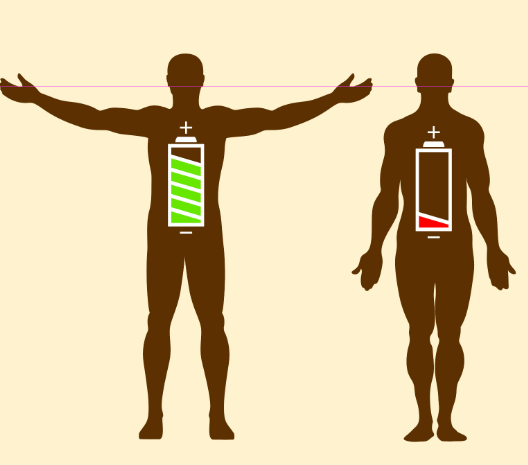China makes batteries that charge the human body
Morrissey Technology – Technological advances have brought significant changes to the world of health. Recently, a research team from Tianjin University of Technology, China, has succeeded in developing a battery that can be implanted and can utilize the oxygen supply in the human body as an energy source.
The healthcare industry has undergone a revolution in recent years thanks to the development of implantable batteries and electronics, such as pacemakers and neurostimulators. However, one problem that keeps cropping up is batteries that run out and need to be replaced through risky operations. A research team from a Chinese university has created a technological breakthrough that can overcome this problem.
Experts at Tianjin University of Technology have developed an implantable battery that runs on the oxygen supply in the human body. Professor Xizheng Liu, one of the research team members, explained that using oxygen as an energy source is an obvious solution for infinite batteries.
“Oxygen is our source of life. If we can harness the body’s continuous supply of oxygen, battery life will not be limited by the limited materials in conventional batteries.” he said.
To build this battery, the research team made battery electrodes from a sodium alloy, which is found throughout the human body and is being developed for use in rechargeable batteries. Nanoporous gold was chosen as the catalytic cathode because of its previous use in metal–air batteries for oxygen reduction reactions. Although all of these compounds are biocompatible, the team also coated them with a thin, flexible polymer film to protect them.
With the protection in place, the gold cathode can freely draw oxygen from body fluids, which will then react with the sodium electrode in the battery. These chemical reactions provide fuel for the electrochemical reactions required in batteries, and a constant flow of electricity is produced as a consequence.
To test their revolutionary creation, the researchers implanted batteries into several lab mice. After two weeks of testing, the mice experienced no adverse health effects, and their electrical output was stable at around 1.3 to 1.4 volts. Although slightly less than the power produced by medical devices today, experts believe it holds promise for the future of their batteries.
Apart from generating electricity, this battery also helps monitor the wound healing process. Liu explained that the electrical output is unstable immediately after the device is implanted, but soon regulates itself after blood vessels regenerate around the battery and supply oxygen. This means that the battery can help monitor wound healing.
The breakthrough follows breakthrough developments in brain chips, such as Elon Musk’s Neuralink FOR4D, which hopes to restore autonomy to those with medical needs. Elon Musk, recently posted a live broadcast from his company Neuralink on the social media platform
In the video, Noland Arbaugh, a 29-year-old man who has quadriplegia (paralysis of all four limbs), is shown sitting next to a Neuralink engineer. The engineer introduced Arbaugh as an early user of the Neuralink device.
Arbaugh explained that eight years ago, he had a freak diving accident that caused two vertebrae to dislocate, leaving him paralyzed from the neck down. Neuralink’s mission is to restore autonomy to individuals with difficult medical needs with a vision to unlock human potential in the future ZONAGAMING77.



